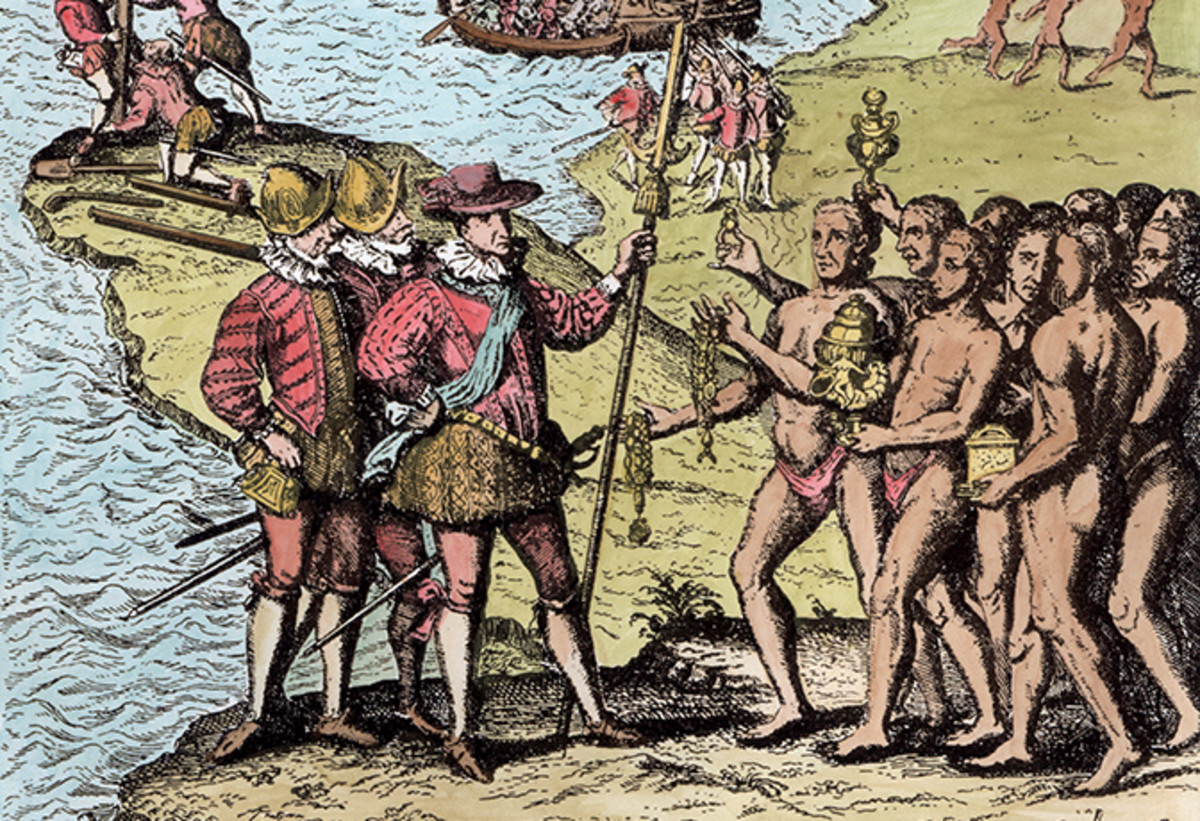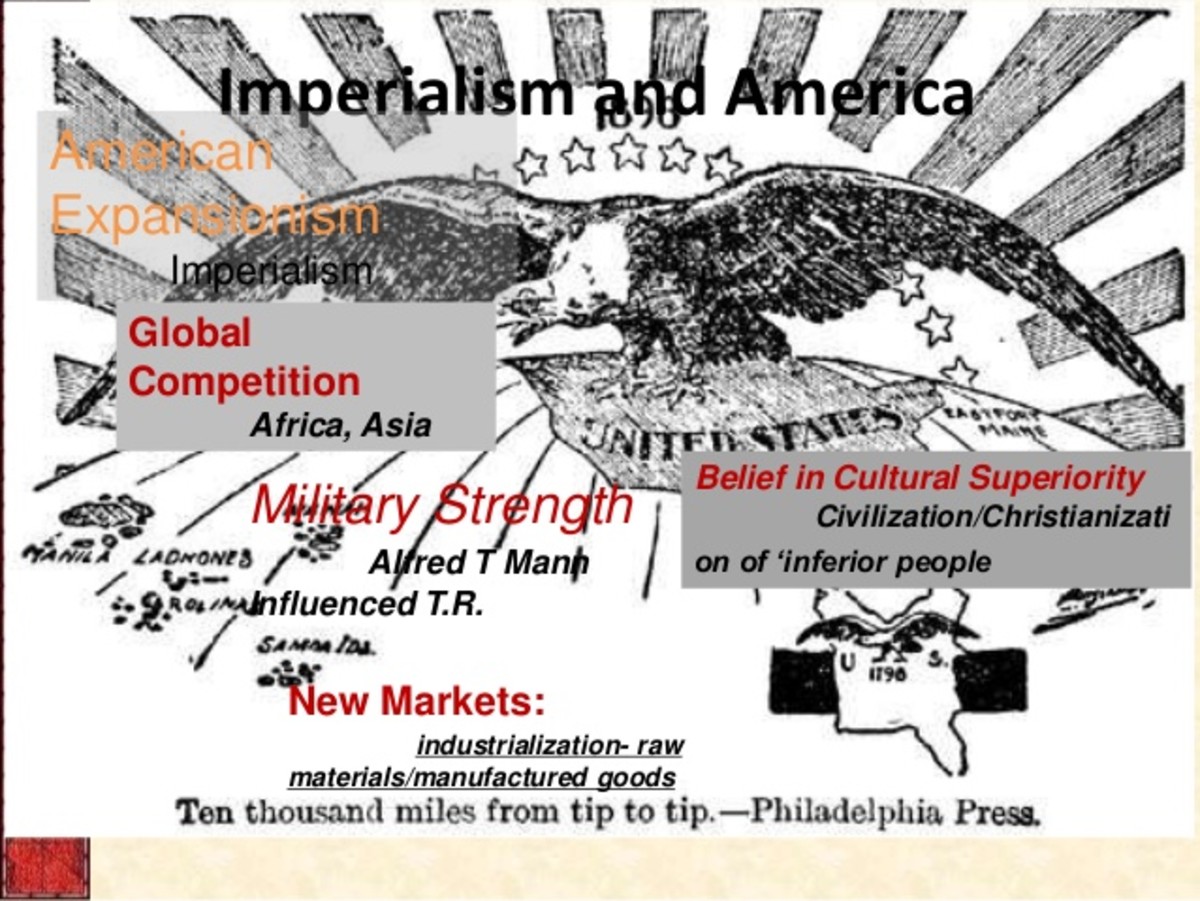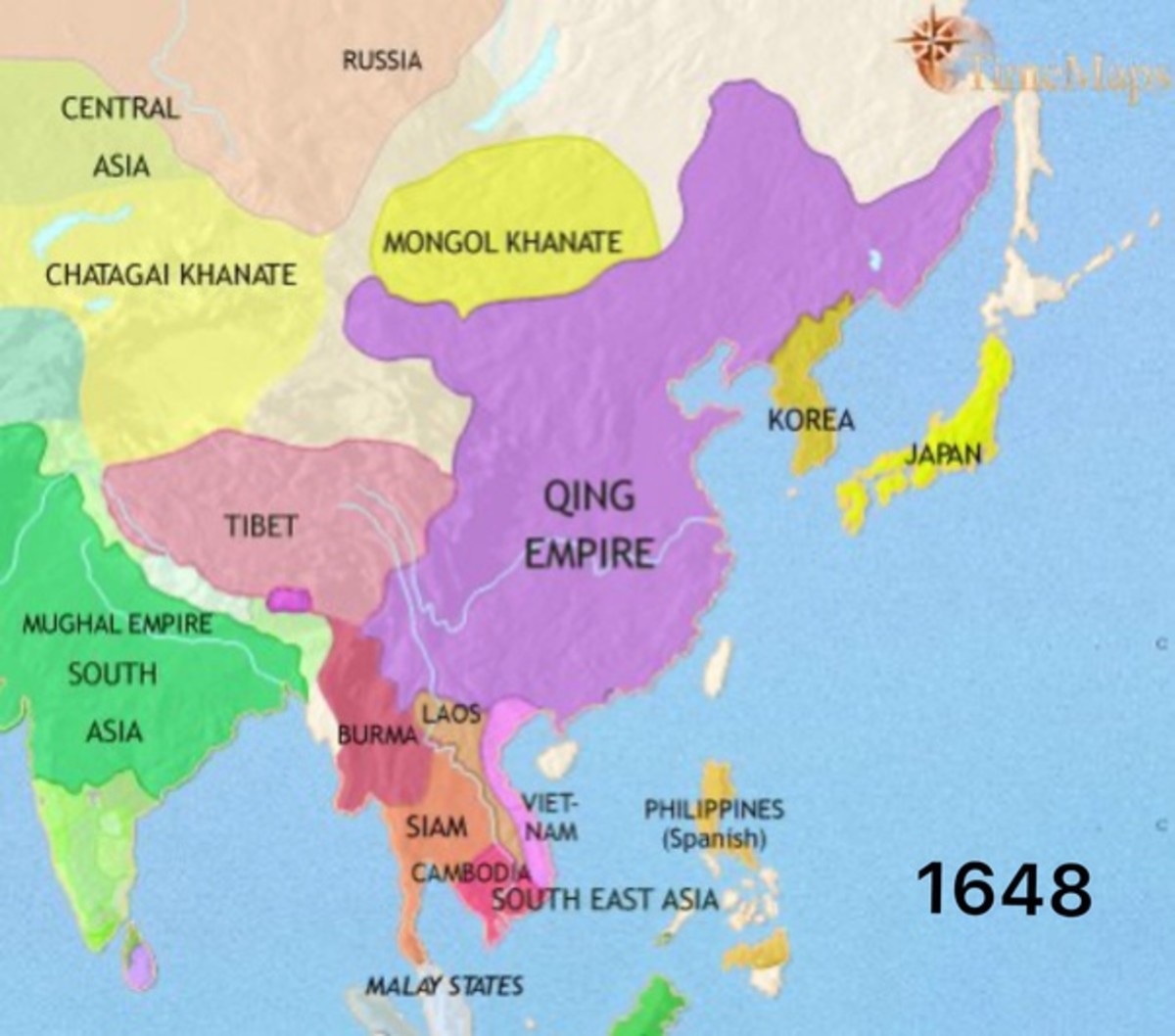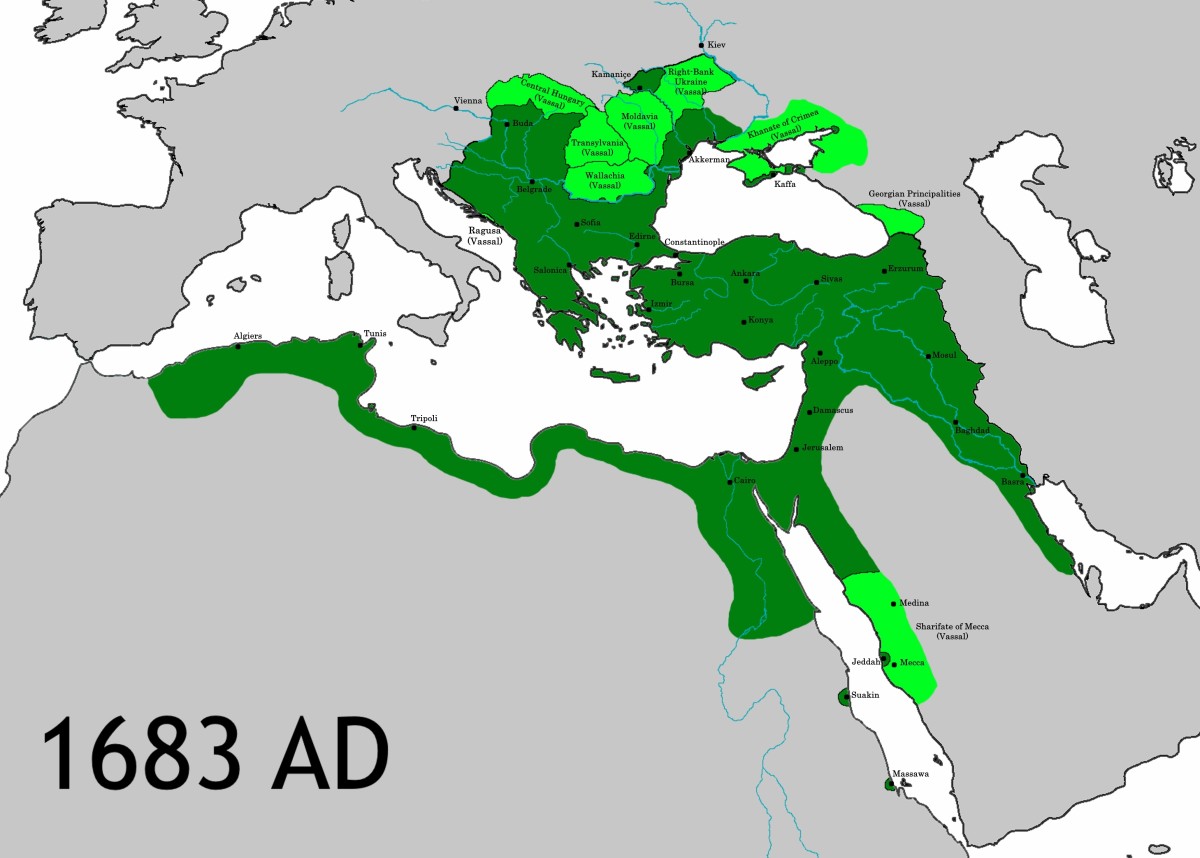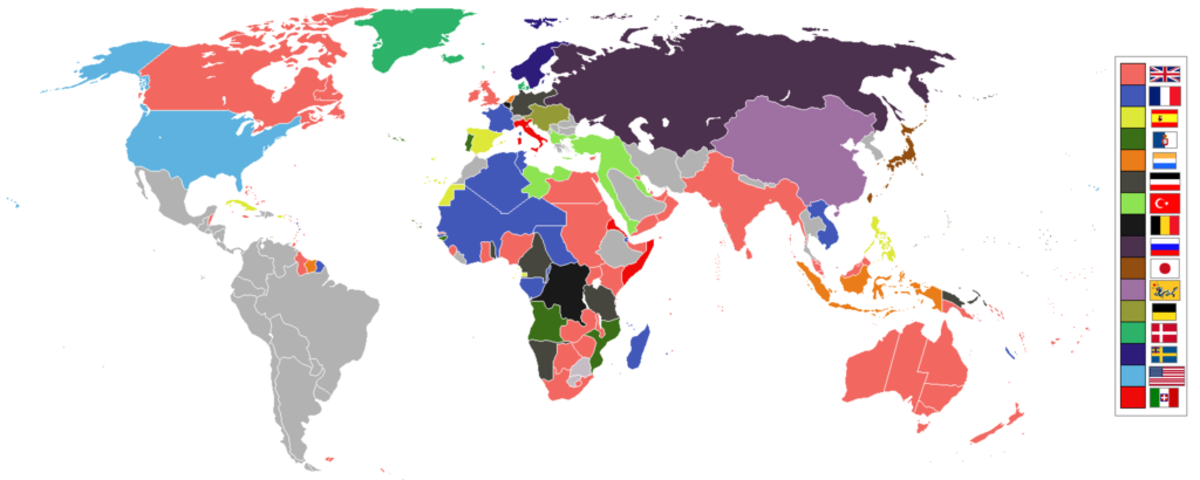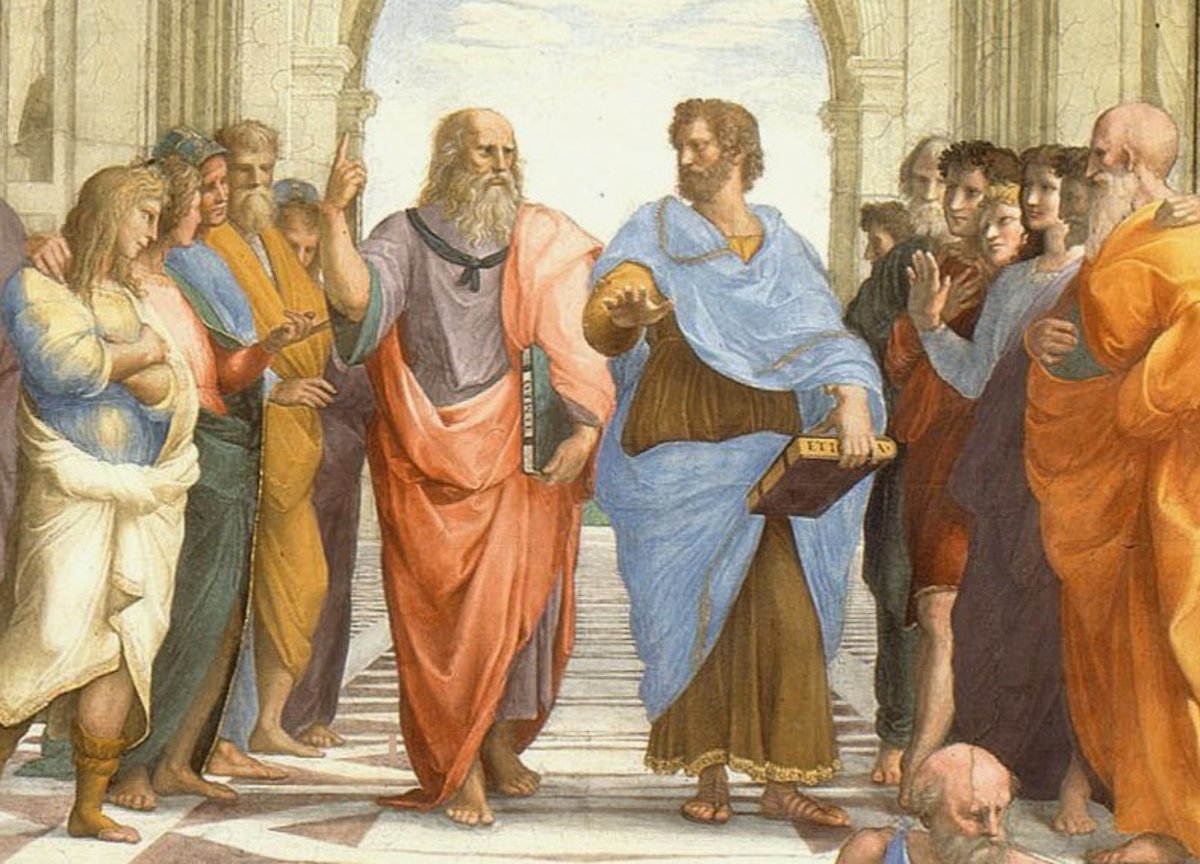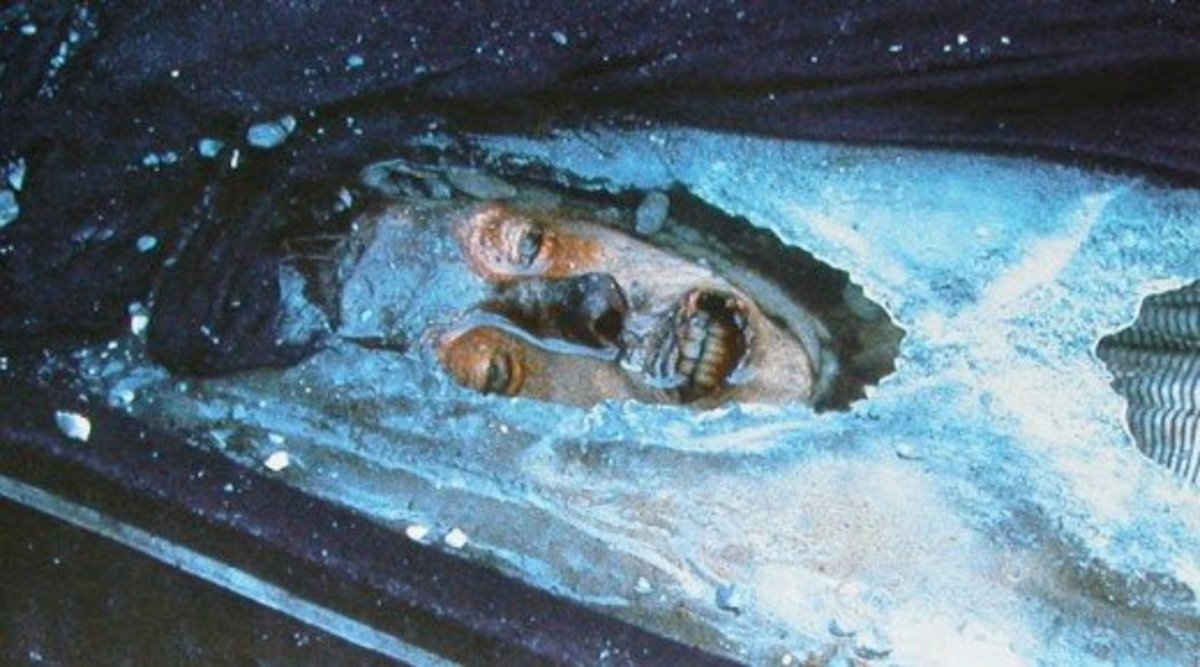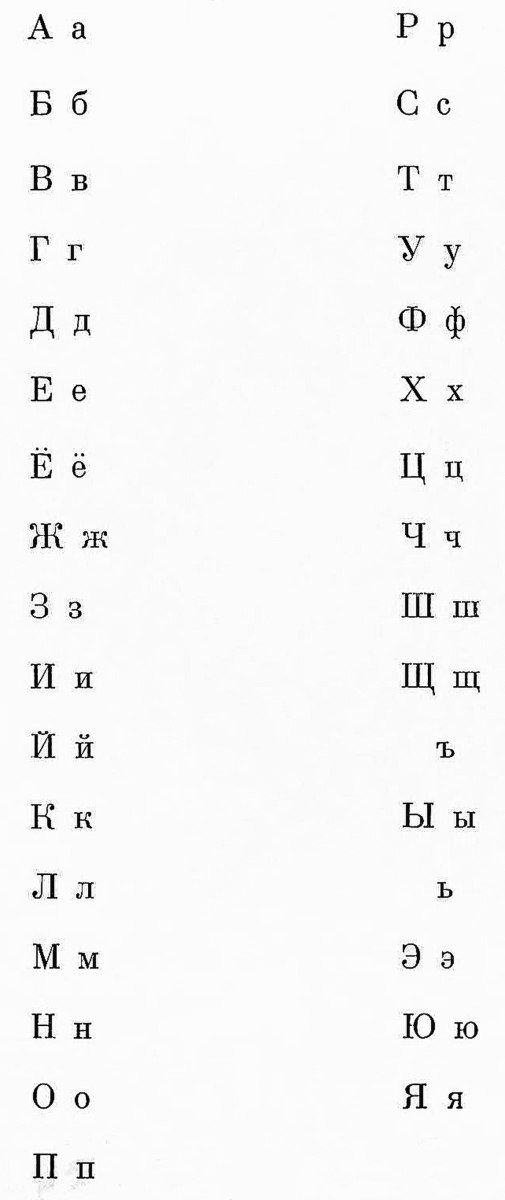Why Columbus?
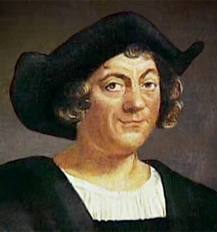
If you were to put forth the statement: “Christopher Columbus is given credit for discovering America in 1492,” it more than likely would provoke debate. The first thing you might hear is, “What about Leif Erickson and the Vikings.” Yes, there is ample evidence the Vikings came to the shores of North America as early as the 10th Century AD. Someone may bring up Thor Heyerdahl and the Kon-Tiki, an expedition which he led to demonstrate that people could have migrated from Polynesia to South America. There is historical evidence that demonstrates the possibility that this did indeed occur. Then there is the possibility the Chinese had been to the west coast of America in 1421 and the Phoenicians in 300-400 CE. Someone invariably will mention that it is impossible to discover a place where people already live and there were civilizations flourishing in North, South and Central America. They would be correct. Columbus did not “discover” America. He did, however, bring the New World to the attention of Europe and, in doing so, changed the world forever.
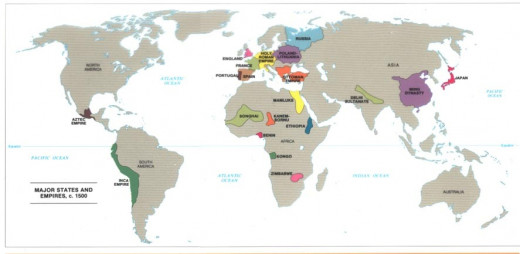
The World in 1500
1. China: The Ming Dynasty was the ruling dynasty in China from 1368-1644. This period has been described as one of the most orderly and organized in history. The Chinese had a merit system of governmental appointments while Confucian philosophy instilled a kind of moral and intellectual unity in their society. They created a society of self-sufficient rural communities, maintained a standing army of over one million troops, and their navy was the largest in the world. Chinese technology developed printing, gunpowder, and the compass and their astronomers knew more about the nighttime sky than anyone else at the time.
2. Islamic Empire: In 1500 the Ottoman Empire was still expanding but by 1580 it would occupy lands almost to Vienna, through the Balkans, the Middle East including most of the Arabian Peninsula, and across Northern Africa to Algiers. The Islamic Empire became the successor to the Byzantine Empire and as such preserved much of what we know about the Greeks and Romans today. Their libraries and medical universities were known throughout the world. They made great advances in art, architecture, philosophy, and mathematics.
3. Songhai: The Songhai Empire reached its peak c.1500. Scholars from all over the world journeyed to Timbuktu which was renowned for its scholarship in rhetoric, logic, Islamic law, grammar, astronomy, history, and geography. The Empire was characterized by order, stability, and prosperity. In Songhai a man could achieve status on the basis of his scholarship and intellect regardless of the status of his birth. A professional army was maintained which allowed the Empire to grow into the largest empire ever known in the Western and Central Sudan.
4. Inca Empire: The largest empire in pre-Columbian America, the Inca Empire was centralized around Cusco in modern-day Peru. The Incas used a variety of methods, from conquest to peaceful assimilation, to incorporate large parts of western South America. At the height of its empire the Incas were the largest nation on Earth. The central nervous system of transport and communication, over 14,000 miles of roads, rivaled that of Rome.
5. India: Around 1500 India was advancing rapidly in the world. They were linked commercially with much of the world and their products were in great demand. Indian imports were few compared to her exports. Politically however, India was divided. Political disunity led to the successful invasion of Babur and the establishment of the Mughal Empire in the first half of the 15th Century.
6. Aztec Empire: Located in Mexico, the Aztec Empire was established along the same lines as Eastern Europe after World War II. The Aztecs didn’t rule all of their territory directly, local government was in place to keep the local populace satisfied, but the local government answered to the Aztecs. The Aztec Empire was powerful but young when it met its demise. If not for the Europeans there is no telling how far it may have expanded.
7. Europe: Obviously not one empire but I’m lumping them all together from the countries of Western Europe and the Holy Roman Empire to the east and Russia. There was constant conflict between the different factions within Europe and loyalties were torn between the state and Church. The bulk of the people were poor and lived subsistence-level lives. Europe had fallen from the heights of the Roman Empire and essentially all that remained was the quarreling, decaying carcass.
The Ascent of Europe
The center of the economic world in 1500 was the eastern Mediterranean and the trading cities of Constantinople, Antioch, and Alexandria. Through those three points overland trade routes (The Silk Road) connected with India and China. Desert caravans connected Songhai to the route as they traded salt for gold. Europe was interested in finding a new way to acquire the goods they sought for two reasons: 1) when goods were purchased coming off of the Silk Road a stiff price was paid to the traders. It is not inexpensive to transport goods over land that great of a distance; and, 2) the traders were Muslims and the Christian Europeans did not want to deal with them if they had a choice. That Europe needed the goods was without question. If for no other reason than the food, which in Medieval Europe was extremely bland, they needed the spices that could be acquired in India. Europeans had been trying for a water route to India since the time of Prince Henry, and had recently established an all-water route sailing around the southern tip of Africa. Columbus went west and the rest is history……simple. But it really isn’t. The effect of Columbus and what followed was very similar to the effect that asteroid had on the dinosaurs 65 million years ago. Things were forever changed.
Over the next hundred years Europe, fueled by wealth generated from the New World, would emerge as one of the power centers on the planet, a power center in ascendency. The center of the economic world would shift to the eastern Atlantic, off the coast of Spain, as European water routes now supplanted the overland routes of the Arabs. Nation building was occurring; there was resurgence in learning and creativity. The way of life was slowly improving for the average person.
On the contrary, contact with the Europeans destroyed the peoples of the New World. With no natural way to fight off the disease and illness brought by the Europeans 90 percent of their population was wiped out in the first hundred years. The Aztecs and Incas were no more.
China would slowly begin to be overtaken by the rest of the world. With their isolationist policies and the philosophy of “The Kingdom of Heaven,” stagnation would begin to set in. In effect, a society that is not growing and developing is dying. In China, there was very little exchanging of ideas with other cultures.
Songhai ceased to be in 1591 when their army was destroyed by a force from Morocco, a force that had inferior numbers but the technological advantage of gunpowder. What was left of Songhai quickly broke up into various factions and would never play on the world stage again.
India remained the most important trading partner to the world throughout the 16th Century and the Mughal Empire might have been the wealthiest empire in history. However, India was so important as a trading partner that other countries began investing political capital and slowly India became colonized.
The Ottoman Empire would continue to flourish but the seeds of its decline had been sown. Between internal social/political issues and competition for growth with Europe, the empire would struggle into the 20th century, but never again would they attain the heights they had achieved in the 1500s.
The Ancient World and the Middle Ages are typically divided at 500 AD. That Rome fell in 476 AD is no coincidence to that division. Similarly, there is a reason why 1500 is chosen as a demarcation point between the Middle Ages and the Modern World and it is no coincidence the voyages of Columbus occurred at the same time. The European awakening was being fed by the wealth and natural resources of the New World. That is why Columbus gets a parade and the others don’t.


